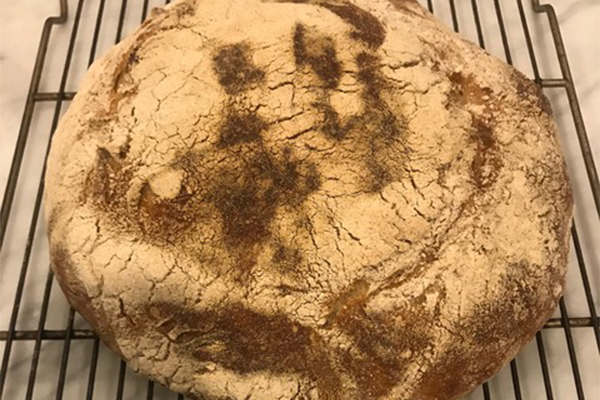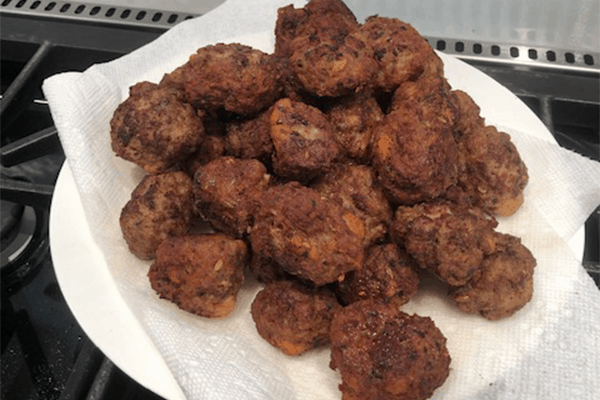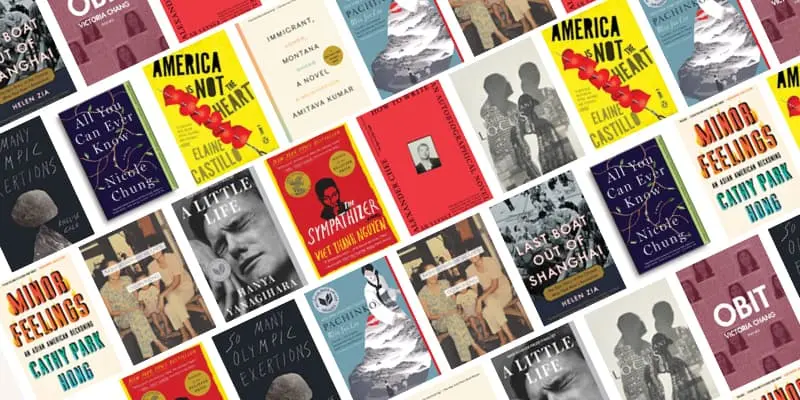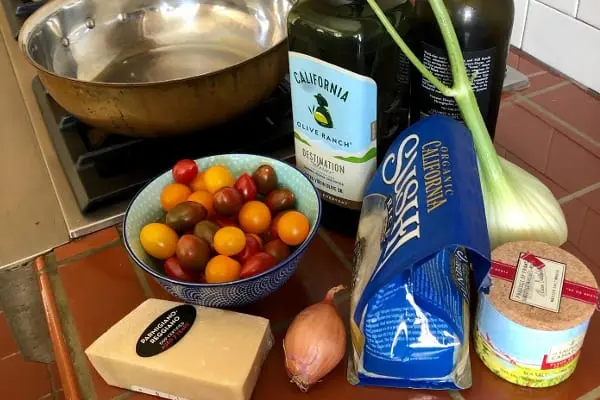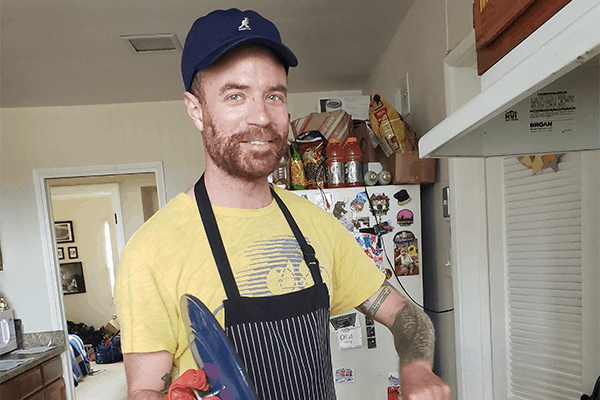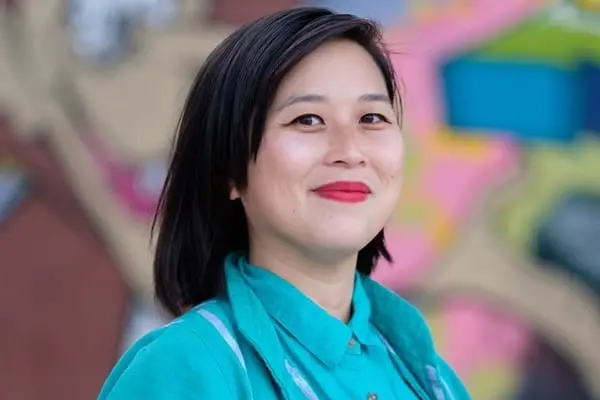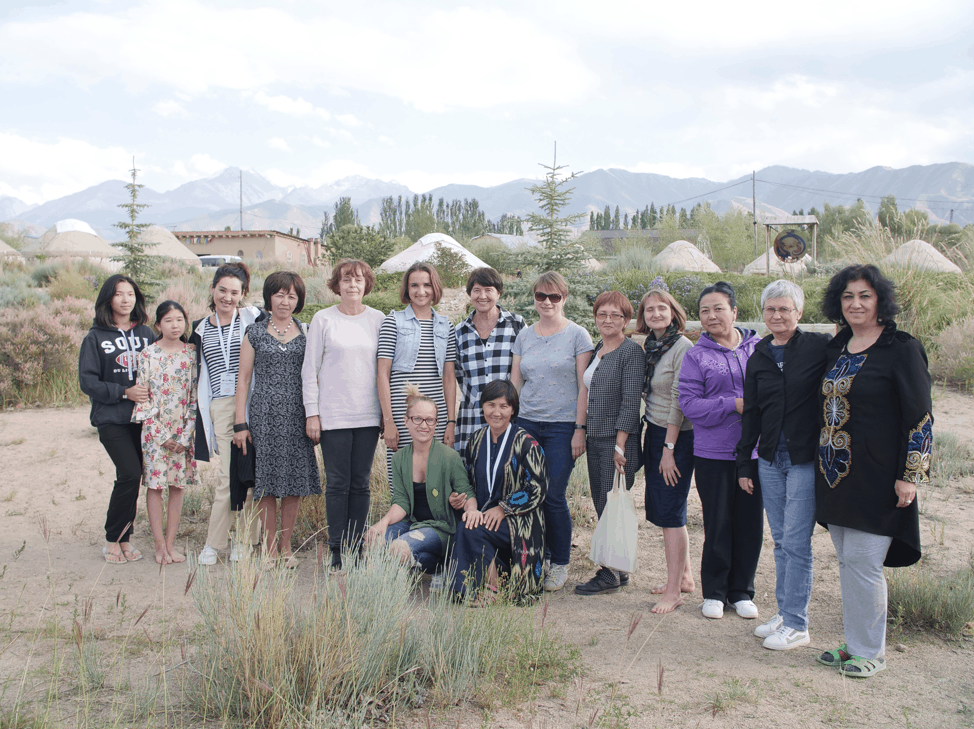In uncertain times, it can be comforting to honor the rituals that have nourished and grounded us over the years. And with so many people cooking at home these days, we thought we’d ask some of the writers in our communities to share favorite recipes and the stories behind them. We hope these recipes provide you with some inspiration, comfort, and company in your own home kitchen. If you’re a writer who cooks and would like to be featured in our series, please reach out to [email protected].
Today’s recipe comes from Pooja Makhjiani, editor of Under Her Skin: How Girls Experience Race in America (Seal Press), an anthology of essays, and author of Mama’s Saris, a picture book.

Last December, my mother spent several weeks in India, cleaning and then closing on the sale of my Nani’s (late grandmother’s) second-floor one-bedroom apartment—an apartment I had spent countless summers in as a child, learning how to play rummy with an ancient deck of cards, listening to the caws of crows and the coos of pigeons outside her kitchen window, watching live action Hindu epics on a black-and-white television.
In the process of organizing and purging, my mother chanced upon her mother’s raw mango murbo (murabba) recipe, a traditional Sindhi accompaniment, written on the pages of an unused 2004–2005 daily planner in her own hand—mostly in English with notes in Sindhi, a script I’m not literate in—and brought it back to the United States. Murabba refers to a fruit preserve popular in many parts of the Middle East and Central and South Asia; this mango murbo, which I ate with everything from loli (a thick, flaky—almost pie crust-like—whole wheat flatbread) to magaz masala (goat brains seasoned with black pepper and garam masala) on those lazy summer days, is sweet, sour, and spicy.
I couldn’t recall ever having such a precise family recipe to work from; recipes have been mostly passed to me orally, and I’ve been the one to test and write them down. After photographing the recipe for posterity and sharing on my private social media, I tucked the pages away on New Year’s Eve, promising to return to them “some time in 2020.”
In mid-March, we began social distancing in New Jersey, where I live. I turned to cooking, as many have, first to stockpile, then as distraction, then as comfort—which brought me back to Nani’s murbo recipe. A jar now sits in my refrigerator, and I once again pair it with everything—over soft goat cheese; with fresh, hot rotis; on its own, out of a bottle with a spoon.
Sindhi Mango Murbo
Yield: 2 cups
Ingredients:
500 grams raw mango, peeled and diced into 1” cubes
8 grams (1 1/2 tsps.) Kosher salt
200 grams granulated white sugar
2 grams (1/2 tsp.) cumin seeds
2 cloves garlic, thinly sliced
9 grams (2 tsps.) red chili powder, or more to taste
3 grams (1 tsp.) nigella seeds
3 grams (about 20) whole peppercorns
5 grams (1 tsp.) white vinegar
Instructions:
1. Coat diced mango with salt and set aside in a warm, dry place for at least 2 hours. Drain liquid and set aside.
2. In a medium-sized heavy-bottomed saucepan over medium heat, combine sugar and 100 mL of water and stir until sugar dissolves.
3. Add mango and aromatics and spices (cumin seeds, garlic, chili powder, nigella seeds, and peppercorns) to sugar syrup, and continue to stir over low heat until the murbo thickens into a loose jam, about 25 to 30 minutes.
4. Allow to cool to room temperature, and stir in vinegar.
5. Transfer murbo to a sterilized, moisture-free glass jar. Murbo can be stored in the refrigerator for 3 to 4 weeks.
Pooja Makhijani is the editor of Under Her Skin: How Girls Experience Race in America (Seal Press), an anthology of essays by women that explore the complex ways in which race shapes American lives and families, and the author of Mama’s Saris (Little Brown Books for Young Readers), a picture book. Her bylines have appeared in The New York Times, The Washington Post, NPR, Real Simple, The Atlantic, WSJ.com, The Cut, Teen Vogue, Parents, VICE, Bon Appétit, and BuzzFeed, among others. Her most recent essay, “Reclaiming a Place,” can be found in the May 2020 issue of Real Simple.

